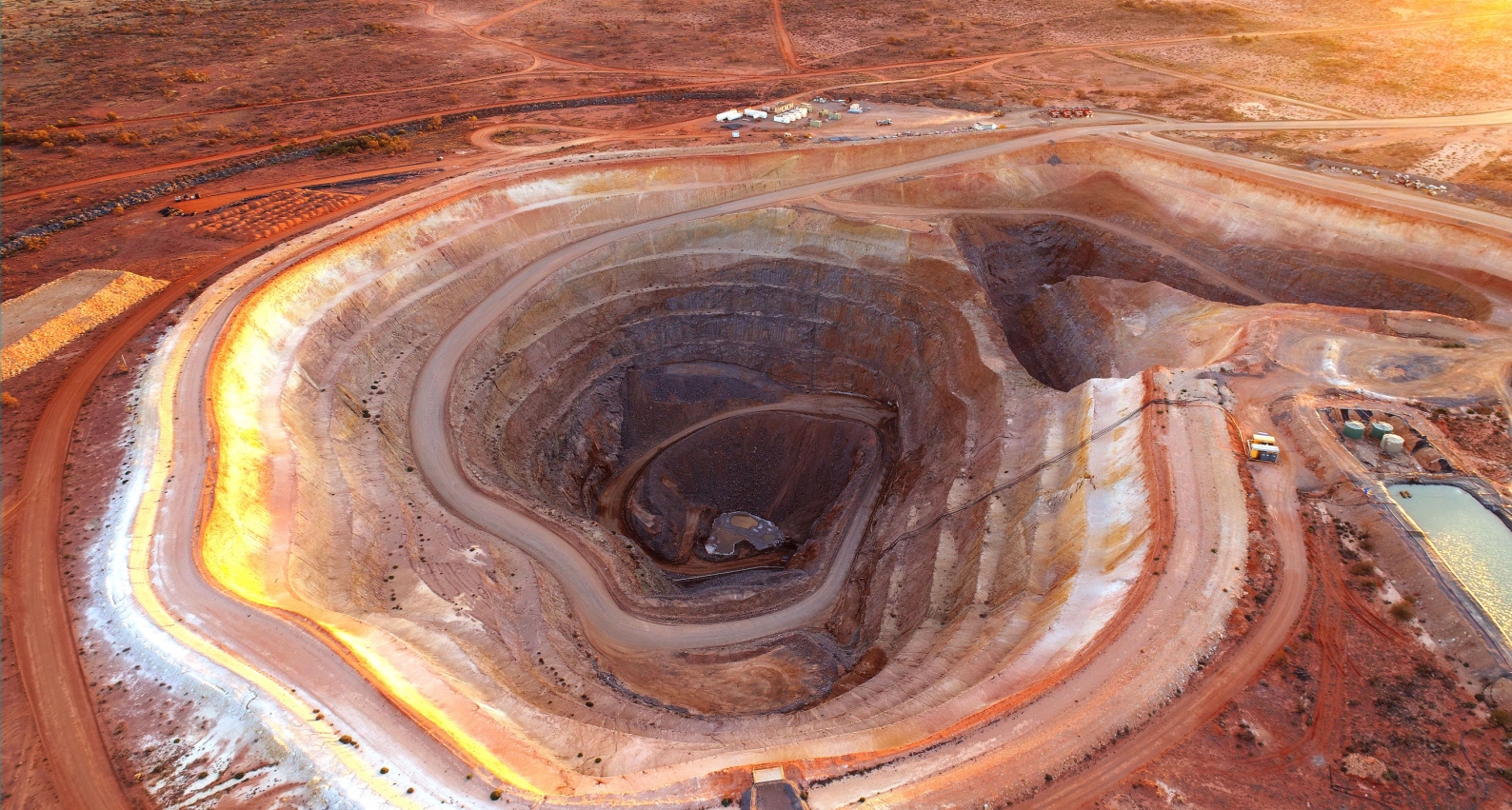
Though metals and minerals are essential for human progress, the process of mining them is harmful to the environment. The byproduct of mining – tailings – are toxic and their disposal must be managed correctly. Conventional tailings storage and management methods are risky and inadequate for their safe disposal. However, modern methods of tailings management can overcome the shortcomings of the current process and prove more feasible.
Metals and minerals have played a crucial role in human civilization. However, mining, processing, and using them have a severe effect on the environment and human health. Apart from large-scale excavation and release of toxic chemicals into the air, water, and soil, mining leaves behind a toxic byproduct known as tailings. The aftermath of their improper management could be fatal.
What are tailings?
The materials left behind after separating an ore’s valuable fraction from the unprofitable fraction (gangue) are called tailings, which are in the form of very fine mud or powder. A ton of processed ore typically yields only a few ounces of metals or minerals. Hence, the quantity of tailings produced globally is quite large. The annual production of tailings worldwide was estimated to exceed 14 billion metric tons in 2022. Mining companies, governments, and environmental organizations must collaborate to find a smart solution to manage tailings.
Tailings management so far
The traditional method of disposing tailings is impoundment, which involves storing these in a diluted form in a built dam. Such storage is risky and an environmental hazard, especially if there is spillage. The tragic collapse of the Brumadinho tailings dam in Brazil in January 2019, which resulted in 270 fatalities and catastrophic environmental damage, is an example of tailings spillage. Furthermore, dams have limited storage capacity and require a huge amount of space and water, making tailings management an expensive undertaking.
While using this method, companies have to take numerous preventative measures to reduce risk, such as worker safety, preventing leakage into nearby ecosystems and waterways, and should be prepared for the possibility of a dam collapse.
The following are some efficient new-age technologies for tailings management:
For instance, a trona ore mine faced issues with the effectiveness of its pumps and environmental compliance. Manual checks were the only way to check if the pumps were functional. The data received was also inaccurate sometimes. To overcome these problems, IWT Wireless deployed IWT Envko, a solution-oriented technology for environmental big data transmission and monitoring in inaccessible regions. It meshes radio nodes together to create a wireless network of connectivity that can transmit when line-of-sight networks cannot due to topography, vegetation, or other factors. The nodes determine the optimal path for data transmission without the use of infrastructure cabling. The solution enabled round-the-clock data monitoring, reduced costs and delays, and improved environmental compliance.
Customers can use this solution to obtain data from sensors and other equipment, assess its quality, aggregate it, and carry out calculations. The mining business can leverage this knowledge to streamline processes, switch to renewable energy sources, and upgrade machinery with high carbon production.
The tailings left behind after extracting and sorting precious elements from mines can be digitally managed using the tailings management tool.
Way forward…
There is no single solution to the tailings management problem, but rather a combination of approaches. With the global trend skewed toward sustainability, investors are inclined to invest in green mining and tailings management technologies. Overall, the adoption of modern technologies for tailings management is a positive step toward responsible resource extraction. Companies must continue to prioritize these practices and try to reduce their environmental impact in order to build a more sustainable future.
Superlative responsiveness and creativity. The professionals with whom we have worked have been significantly responsive.